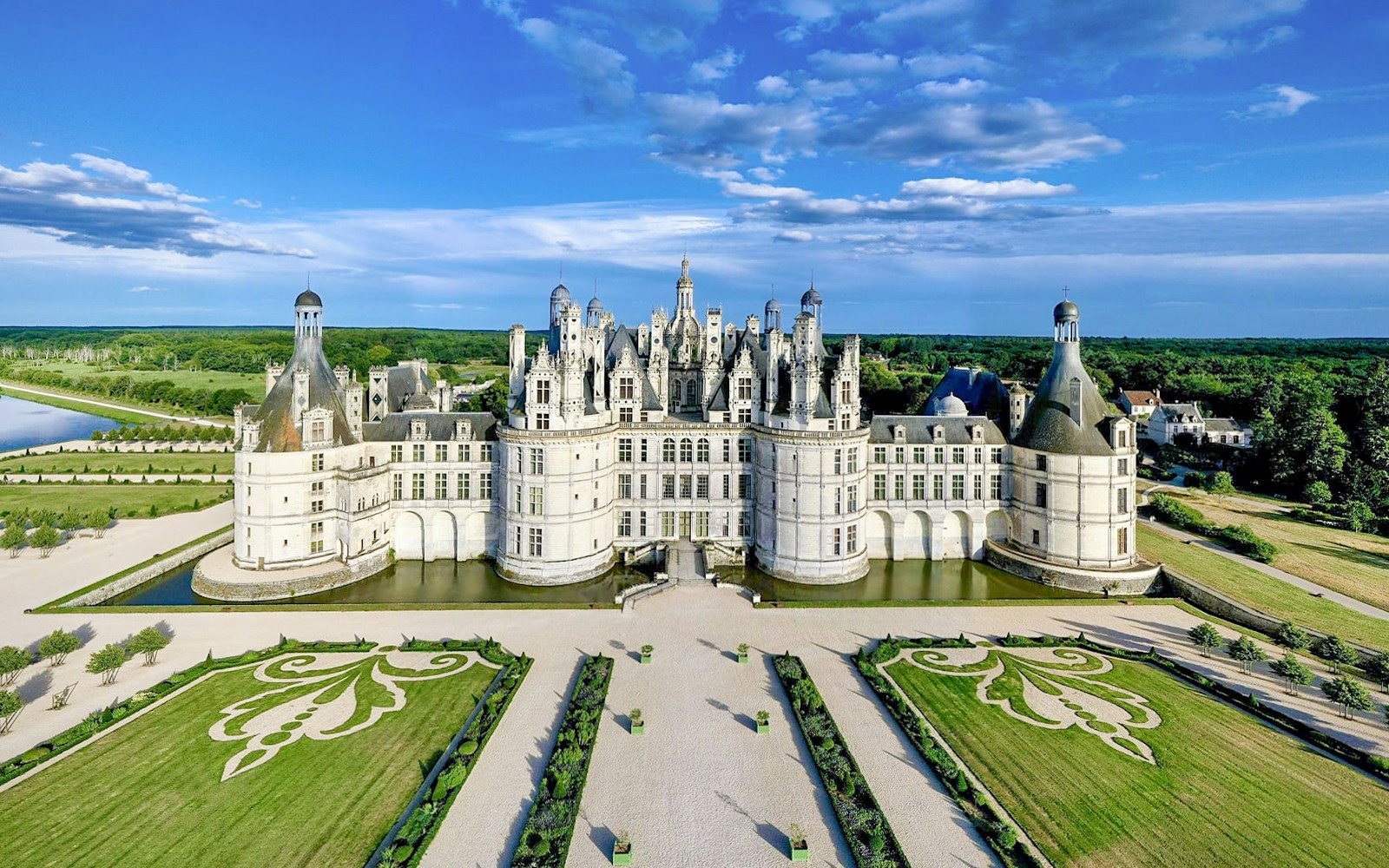This stunning design by Leonardo da Vinci allows two people to ascend and descend simultaneously without ever crossing paths—an architectural wonder that's as functional as it is beautiful.
Why visit?
A symbol of French Renaissance architecture
A blend of medieval fortifications and Renaissance architecture, it symbolizes France’s cultural legacy. While its roofline is adorned with domes, turrets, and chimneys, the interiors comprise four large vestibules with a layout reminiscent of a Greek cross, with a central double-helix staircase.
Leonardo da Vinci’s design influence
When da Vinci designed the iconic staircase, he broke away from the traditional medieval fortress structures. The standout design allows two people to ascend and descend simultaneously without crossing paths, serving functionality and artistic beauty.
Expansive grounds and wildlife
The estate covers over 5,000 acres, making it one of the largest enclosed forests in Europe—home to deer, wild boar, and other native species. Additionally, the vastness of it can be explored on foot, by bike, or even by boat.
UNESCO World Heritage Site
Recognized by UNESCO in 1981, the castle is a majestic symbol of France’s architectural and cultural heritage. It reflects the bold vision of François I, blending art with the royal.

